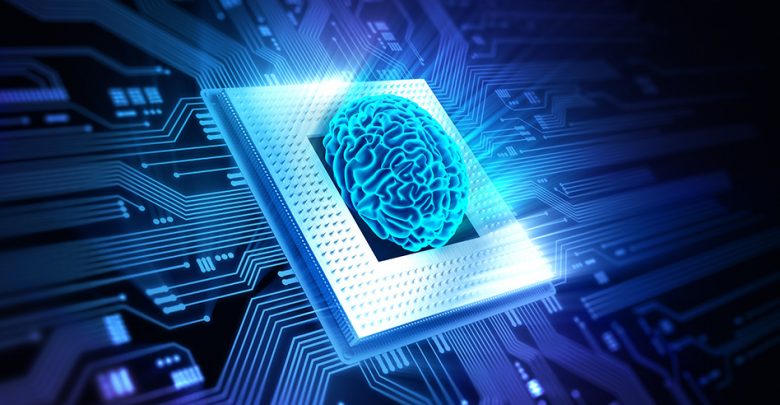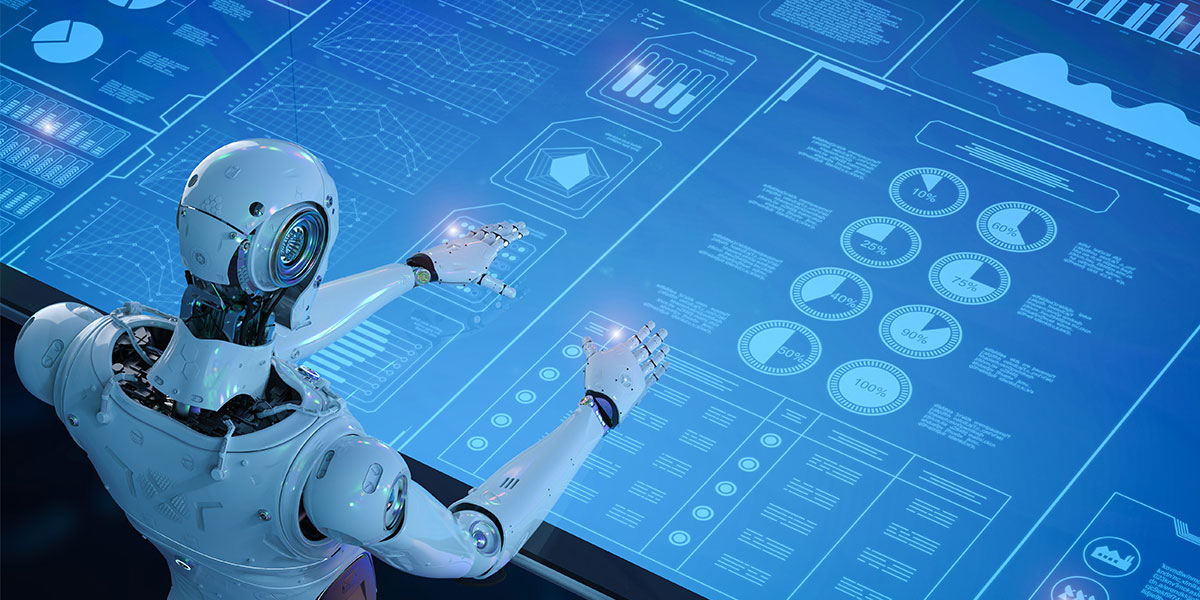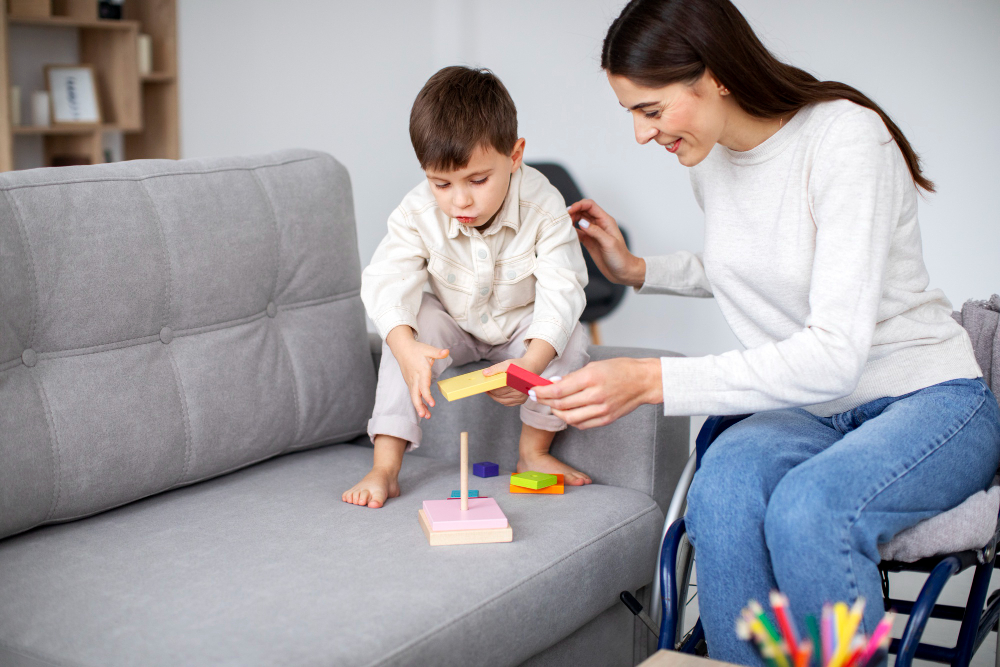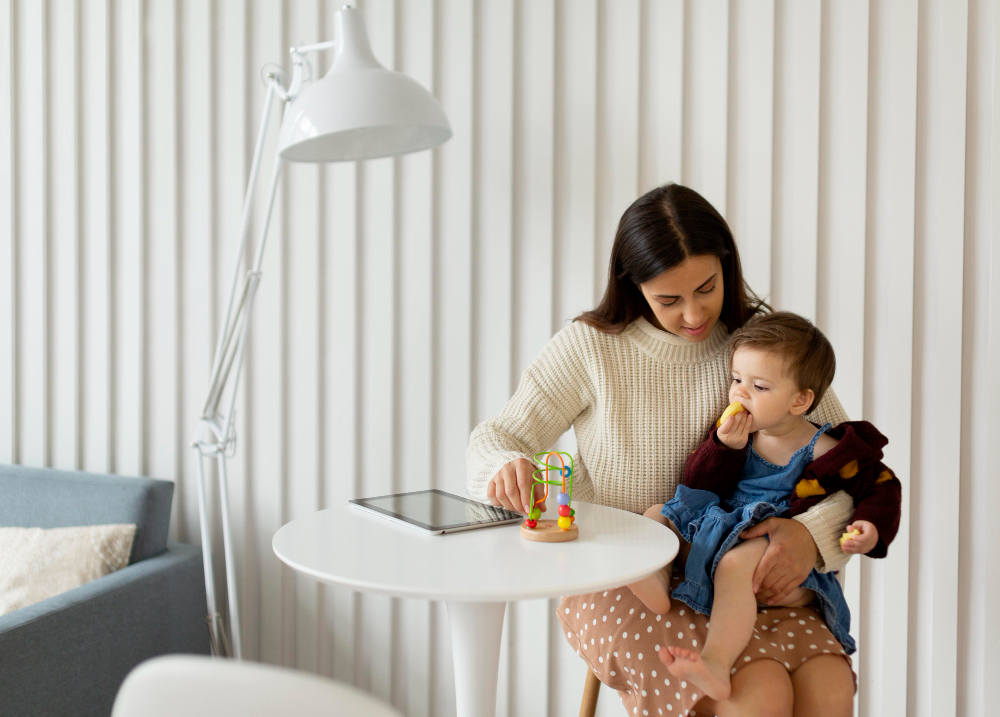How Does Artificial Intelligence Enhance UI/UX Designs?
The use of artificial intelligence has been welcomed by the UI/UX designers and is eagerly awaited once it comes into play. According to a survey done by Adobe, nearly 62% of the designers are eager to experience the improvement to their creative process. AI-included designs are known to create a new level of relationship between the program and the customer experience. The heuristic algorithms applied to create UI/UX dependent on the machine learning protocol promises to provide a new level of digital experience for the designs.
Also check: How Robots Are Going To Revolutionize Operations
User-friendliness is an important factor for companies that are in need of brand promotion and revenue increase. Therefore, designs that incorporate AI in its development are known to have a list of benefits. The ways the introduction of AI benefits the general user experience are mentioned below;
Analysis of data: Nowadays, the data collected by the user’s preferences are implemented into the design by testing it with tests like A/B tests, data usage, usability tests, and heat maps. These methods would soon lose their use as the AI comes into play. AI can collect and analyze huge blocks of data and suggest practical ways to enhance viewer experience and in turn sales. As an example, an e-commerce store can analyze the data of its visitors and their preferences, and give out correct ways to increase the sales and generate more leads. The designers can improve UI/UX based on the analysis performed by the AI feature.
Linking information architecture: Any user, if he or she gets access to a way to sift through large amounts of data and getting to the required information quickly, will be partial towards information architecture. AI can connect the interface of the user to provide for information that is more centered towards the users’ preferences. This step means that the search for any information will be more targeted, easily available, and cross-linked between the different interfaces. The connection of AI with IA in the design of the UX shall make the know-how of the user more comfortable.
More control to the users: The information-gathering by the traditional channels is time-consuming, and the user has no control over the associated information that comes along. With the development of smart homes, automatic cars, and other controlled devices, AI is slowly becoming a common occurrence in the daily life of the public. Although concern about the over-dependence of human over AI has been floating for some time, the use of this tech provides more control in the hands of the user.
Deeper human connection: AI works by analyzing huge amounts of data and learning in turn from the user. This heuristic approach prepares them for a more directed way of building up a connection with the human and performs functions like a true personal assistant. This is already in existence, as we can see digital assistants in work, even in a personal smartphone. The machine in use now can predict the user’s requirement beforehand. Therefore, using AI to take the relation of human and machine to another level may become the standard practice for future life.

















